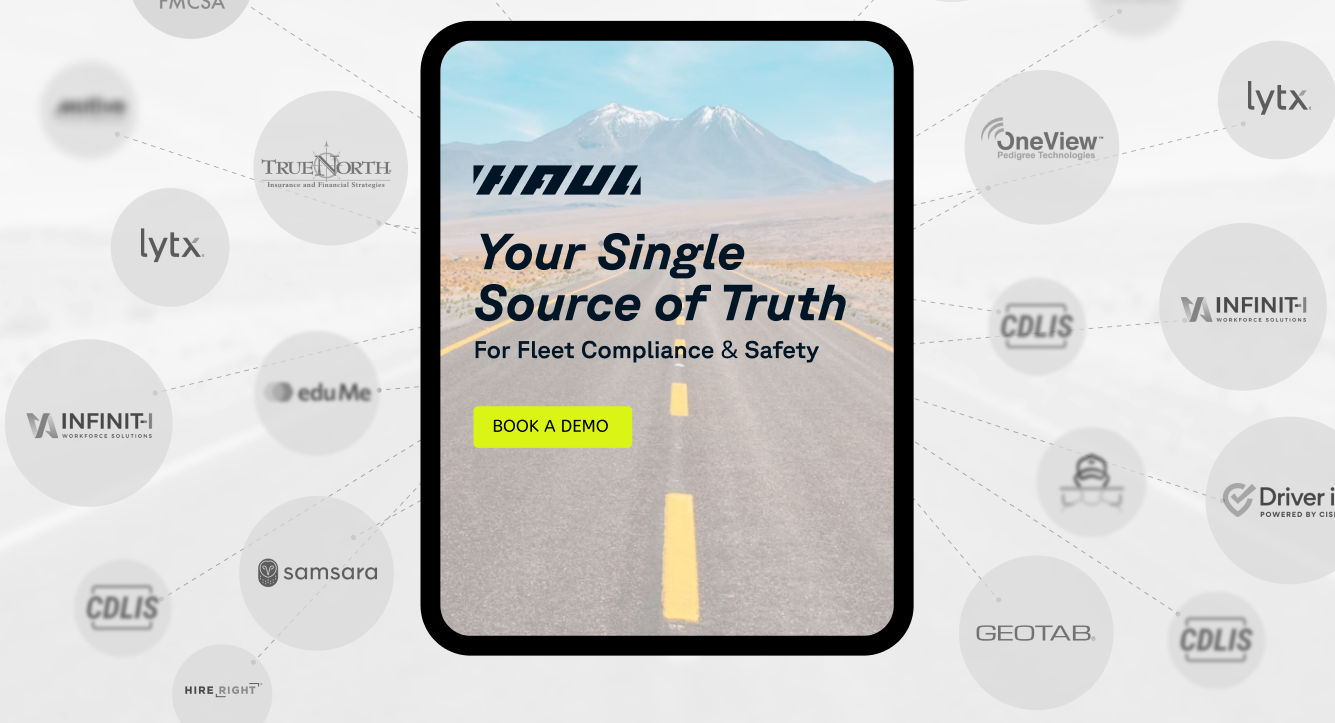Drivers can only use the non CDL exception

Navigating the labyrinthine world of commercial fleet management requires a nuanced understanding of the legal frameworks that govern vehicle operation. Among these regulations, the non-CDL (Commercial Driver's License) exception often emerges as a pivotal consideration for fleet managers, logistics directors, and risk management officers. Understanding the non-CDL exception can lead to significant operational efficiencies and compliance advantages.
In this article, we’ll dive deep into what the non-CDL exception is, who can use it, and how it impacts fleet operations.
What is the Non-CDL Exception?

by Matthew Fassnacht (https://unsplash.com/@mfassphotos)
The non-CDL exception is a regulatory provision that allows drivers to operate certain commercial vehicles without needing a commercial driver’s license. This exception is particularly relevant for vehicles that do not exceed specific weight or passenger thresholds. Understanding and utilizing this exception can be a game-changer for fleet operations, allowing for more flexibility in driver assignments and potentially reducing overhead costs associated with CDL training and certification.
Key Criteria for the Non-CDL Exception
The non-CDL exception applies to drivers operating vehicles that typically fall into the following categories:
- Vehicles with a gross vehicle weight rating (GVWR) of less than 26,001 pounds.
- Vehicles designed to transport fewer than 16 passengers, including the driver.
- Vehicles that do not transport hazardous materials requiring placarding under the Hazardous Materials Regulations.
For fleet managers, this means that certain vehicles in your fleet might be eligible for operation by non-CDL drivers, providing you with a broader pool of potential employees to draw from.
The Non-CDL Short Haul Exception

by frank mckenna (https://unsplash.com/@frankiefoto)
The non-CDL short haul exception is a subset that applies to drivers who operate within a defined geographic area. This exception is particularly beneficial for local delivery and service industries that require rapid turnaround times and frequent stops.
Benefits of the Non-CDL Short Haul Exception
- Increased Flexibility: Without the need for a CDL, businesses can hire drivers more quickly, allowing for greater flexibility in scheduling and operations.
- Cost Savings: Training and certifying drivers for a CDL can be costly and time-consuming. By leveraging the non-CDL short haul exception, companies can minimize these expenses.
- Compliance Ease: The non-CDL short haul exception simplifies compliance with certain hours-of-service regulations, reducing the administrative burden on fleet managers.
For logistics directors, this means potentially increasing operational efficiency while maintaining compliance with federal regulations.
How Drivers Can Use the Non-CDL Exception
Understanding how drivers can use the non-CDL exception is crucial for optimizing fleet operations. Here’s how to effectively implement this exception in your operations:
Identifying Eligible Vehicles
First, assess your fleet to determine which vehicles fall under the non-CDL criteria. This involves verifying the GVWR, passenger capacity, and material carriage specifics of each vehicle.
Training and Compliance
While drivers under this exception do not need a CDL, they still require proper training in vehicle operation, safety protocols, and compliance with local traffic laws. Ensuring your drivers are well-versed in these areas is critical for maintaining safety and efficiency.

Monitoring and Data Integration

by Claudio Schwarz (https://unsplash.com/@purzlbaum)
Leverage technology to monitor vehicle performance and driver behavior. Utilizing telematics systems can provide real-time insights, alerting you to potential compliance issues before they escalate. This technology is invaluable for risk management officers who need to ensure all fleet operations adhere to safety and regulatory standards.

Challenges and Considerations
While the non-CDL exception offers numerous advantages, it also presents certain challenges that need careful consideration:
Regulatory Variances
Regulations can vary significantly between states, and what qualifies under the non-CDL exception in one state may not in another. Always ensure you are up-to-date with both federal and state-specific regulations.
Insurance Implications
Operating under the non-CDL exception may influence your insurance policies. Consult with your insurance provider to understand any changes in coverage or premiums.
Safety Concerns
Without the rigorous testing and certification process of a CDL, there may be concerns regarding driver competency. Implementing robust training programs and continuous performance evaluations can mitigate these risks.
Conclusion: The Strategic Advantage of the Non-CDL Exception
The non-CDL exception represents a strategic opportunity for fleet managers, logistics directors, and risk management officers aiming to enhance operational efficiency while maintaining compliance and safety standards. By understanding the nuances of this exception and effectively integrating it into your fleet operations, you can achieve greater flexibility, cost savings, and compliance ease.
Remember, the key to maximizing the benefits of the non-CDL exception lies in thorough vehicle assessment, comprehensive driver training, and leveraging technology for real-time monitoring and insights. By doing so, you not only uphold safety and efficiency but also position your fleet to respond agilely to the dynamic demands of the logistics landscape.
In the spirit of innovation and commitment to excellence, embracing the non-CDL exception can be your fleet's pathway to operational success.

